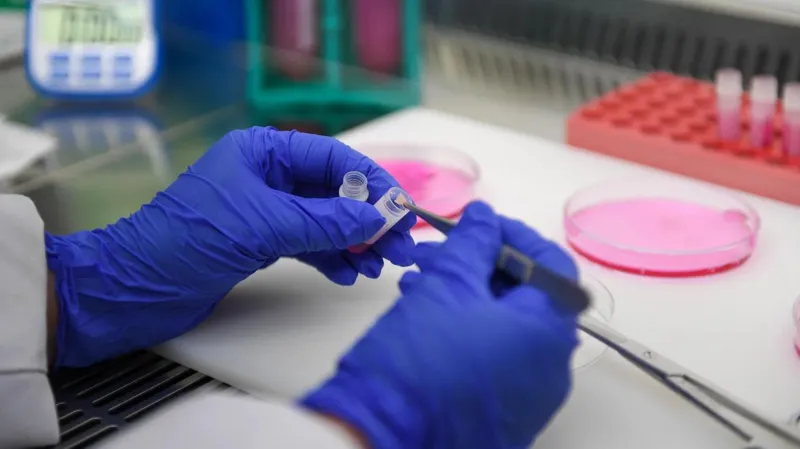A skin sample taken from a rhino may offer a chance at new life, thanks to groundbreaking work by a wildlife charity—nearly four years after the animal’s passing.
The southern white rhino, aged 40 and previously housed at Whipsnade Zoo, died in October 2021. Following her death, veterinarians collaborated with three specialist organizations to recover tissue samples from her body.
Now, the Whitchurch-based charity Nature’s SAFE has successfully grown “millions” of living cells from one of those samples—an achievement it believes is a first for the UK.
This marks a key step in an innovative scientific process that could eventually allow researchers to develop sperm or egg cells from the cultured tissue, enabling the rhino to contribute to the species’ gene pool long after her death.
The preserved sample came from the rhino’s ear and was cryogenically frozen at -196°C to maintain cell viability. The hope was that, when thawed in the future, these cells could be revived and used to generate fresh cell lines.

In April, the frozen cells were carefully thawed and successfully cultured, nearly four years after the animal’s death. Lab technician Lucy Morgan, who led the effort, noted that these cells represent viable genetic material that remains available for conservation use, even in the absence of the animal.
Nature’s SAFE, often referred to as a “living biobank,” currently holds biological samples from over 300 animal species—including 37 that are critically endangered and four that are already extinct in the wild.
The charity’s mission is to combat extinction by preserving genetic diversity and supporting reproductive technologies like IVF and artificial insemination.
According to Debbie Rolmanis, Chief Operations Officer at Nature’s SAFE, skin cells are especially valuable because they’re easy to collect and can be cultured indefinitely. This makes them a renewable resource for preserving DNA in functioning cells.
Commenting on the breakthrough, Tullis Matson, the charity’s founder and chair, called it a potential “game-changer” for conservation. He highlighted that verifying the viability of the rhino’s cells years after her death is a huge step forward and could help save other at-risk species, such as the mountain chicken frog or Lake Pátzcuaro salamander.
“This isn’t just about one rhino,” he said. “It’s a beacon of hope for countless species teetering on the edge of extinction.”